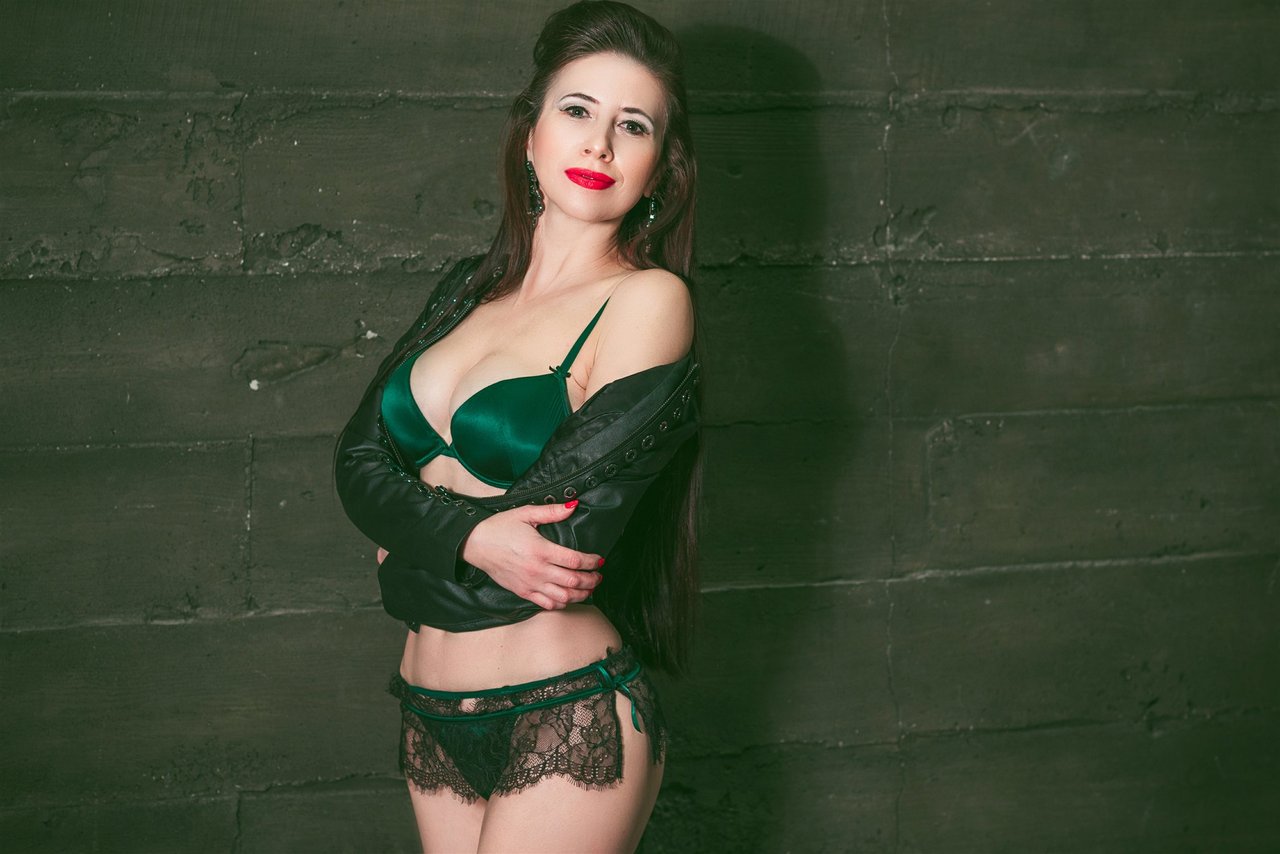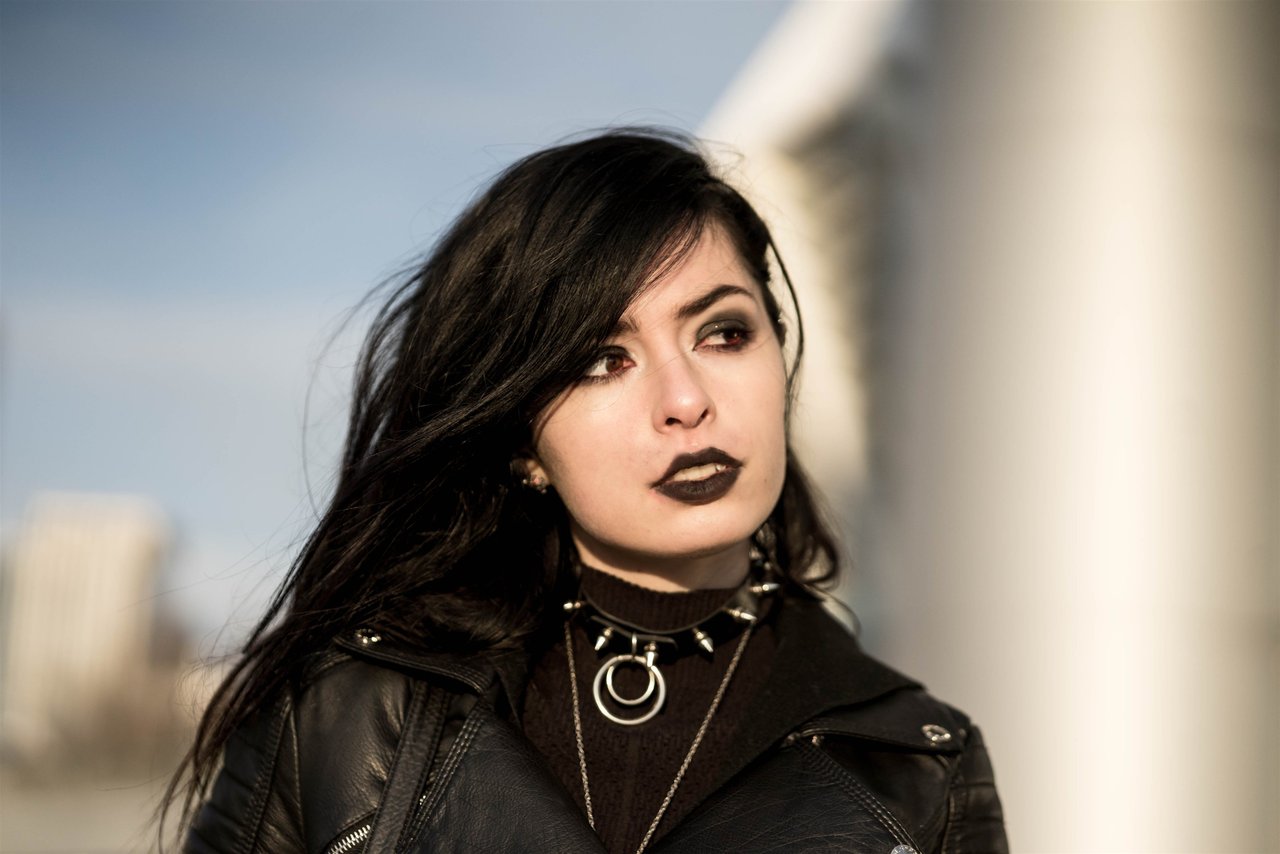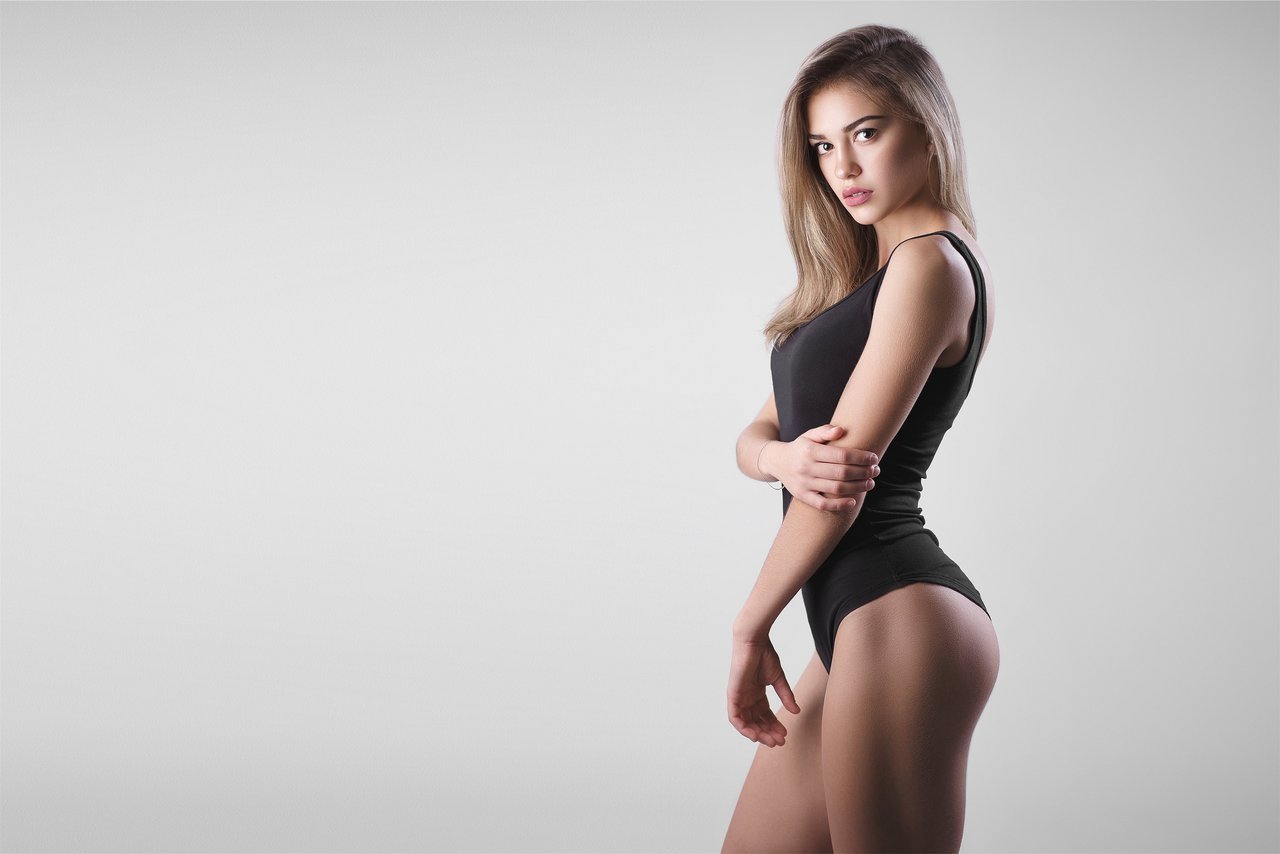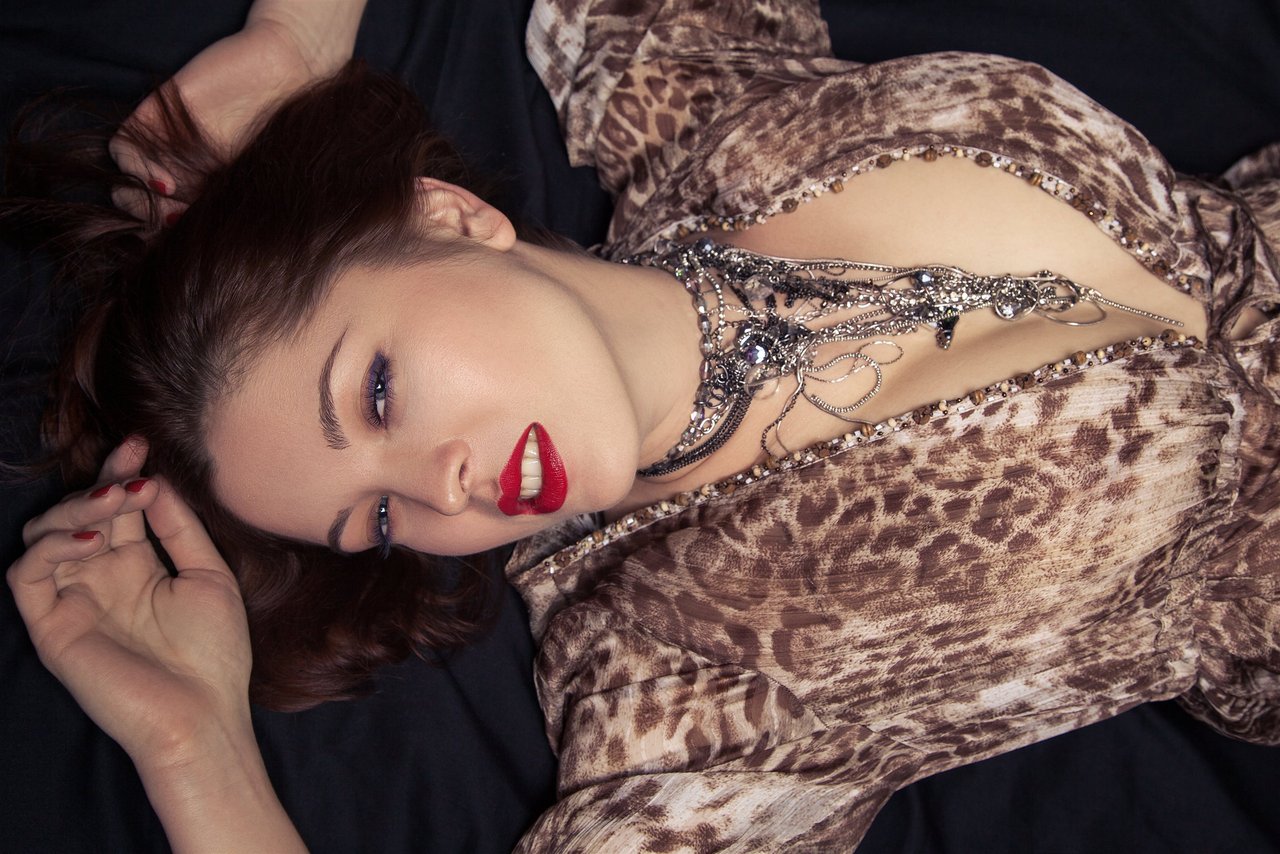Anime With LGBTQ Representation on Netflix and Why It Matters Now
Every time Netflix drops a new anime with LGBTQ representation, it feels like another wall gets torn down. Inclusive stories now sit at the center of pop culture, and seeing queer characters in the spotlight changes the rules of what’s possible for streaming, connection, and self-acceptance. People are done settling for half-truths—they want to see versions of themselves on screen that feel honest, proud, and complicated. Among the most talked-about are “She-Ra and the Princesses of Power,” “Kipo and the Age of Wonderbeasts,” “Super Drags,” “Blue Period,” and “The House of Flowers Animated,” each bringing an unmistakably queer perspective to anime.
Why does this shift matter so much? For those searching for a mirror, finding a character who loves without apology can feel like an exhale after years of holding your breath. Netflix has become a streaming service where possibilities multiply, with creators experimenting across genres while refusing to erase queer narratives.
Popular Genres
- Yuri: Stories centering women who love women, moving past stereotypes and inviting deep, authentic emotion.
- Shounen-ai: Gentle, usually subtle, depictions of affectionate male relationships that put vulnerability front and center.
- Queer Drama: Complex, sometimes messy tales of identity, love, and struggle within and outside the LGBTQ community.
- Fantasy With Queer Themes: Superpowers, mecha, or magical settings layered with queer subtext or clear LGBTQ storylines.
Representation Types
- Gay, lesbian, and bisexual leads
- Transgender and nonbinary characters
- Intersectional identities—including queer people of color and neurodiverse characters
What once felt rare or hidden now gets the full screen—Netflix’s LGBTQ animation is proof that no one’s story is too much.
Anime With Gay Characters: How Representation Changes the Game
Somewhere between losing yourself in a fantasy world and watching heartbreak on screen, the quiet bravery of gay characters in anime hits harder than any plot twist. “Kaworu & Shinji” in Evangelion, Mafuyu and Ritsuka in “Given,” Benson from “Kipo and the Age of Wonderbeasts”—these stories make vulnerability the real superpower. Instead of a token gay sidekick, you’ll find fully sketched humans whose longing, grief, and moments of joy are placed front and center.
- Given — Grief and First Love: Mafuyu, still aching from tragic loss, finds music and romance in Ritsuka’s world. This is more than coming out; it’s about daring to love again after devastation.
- Evangelion — Kaworu’s Impact on Shinji: Kaworu’s gentle affection gives Shinji a sense of safety in a world determined to shatter him. For many, this subtle but profound connection was their first glimpse of queerness handled with depth in anime.
- Kipo — Confident Gay Teen Representation: Benson says he’s gay, out loud, with certainty and no shame. It’s radical in its simplicity, offering viewers—particularly younger ones—the chance to see confidence in their own identity.
Every time these characters choose honesty over self-erasure, it shifts something for the viewers who needed to hear that they’re not alone. Queer kids, especially, deserve to see that grief and longing have a place in stories—and so does hope.






